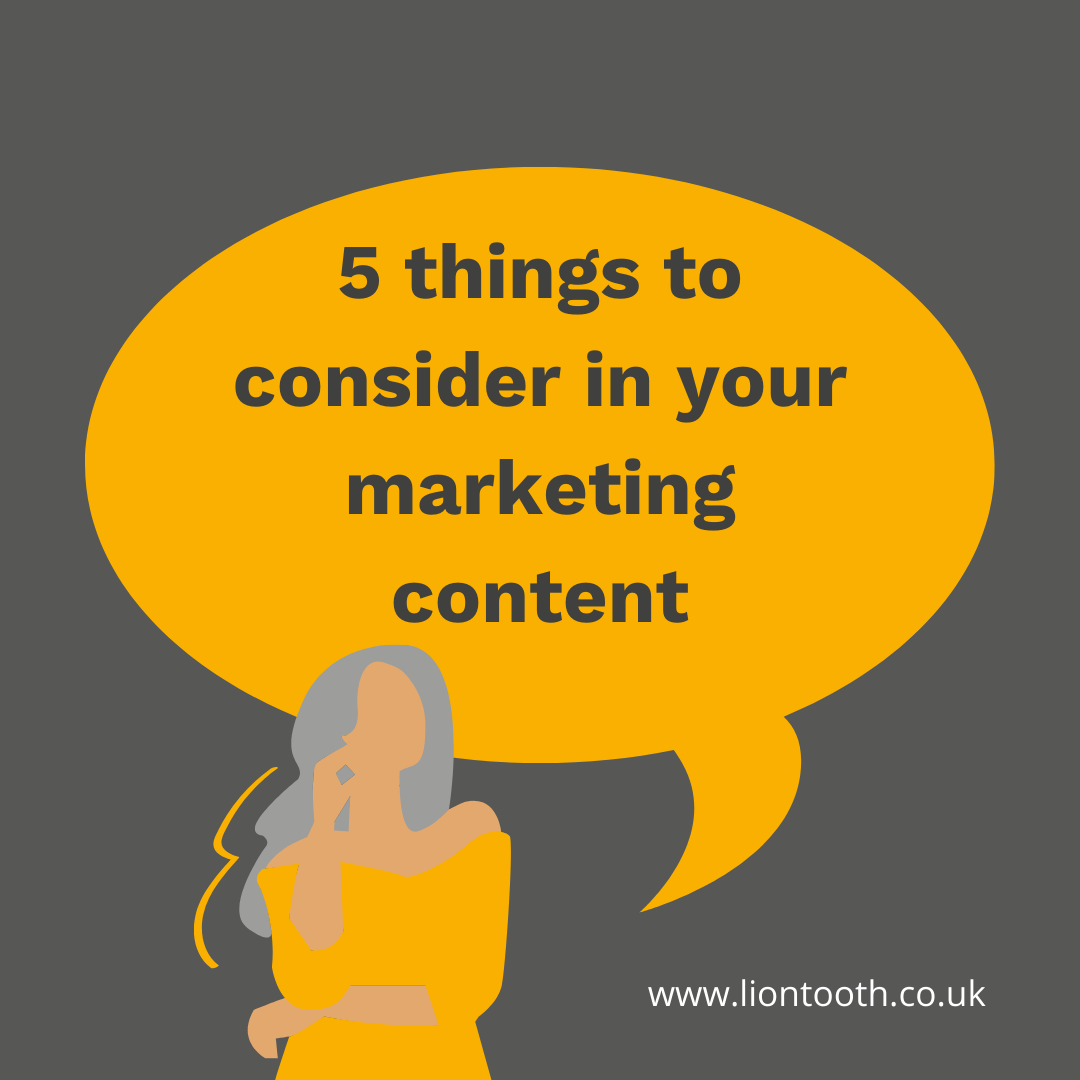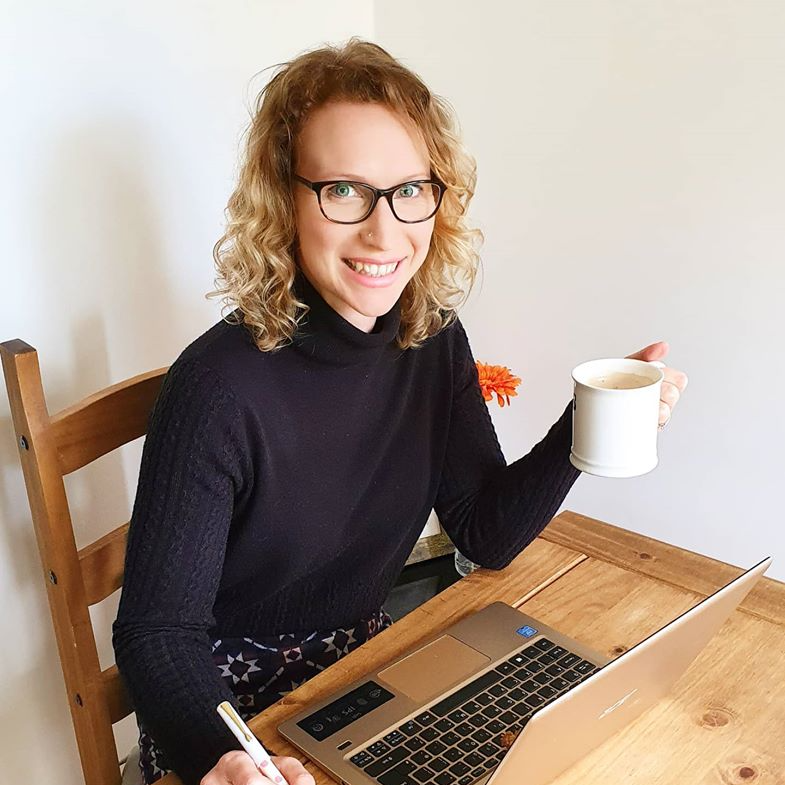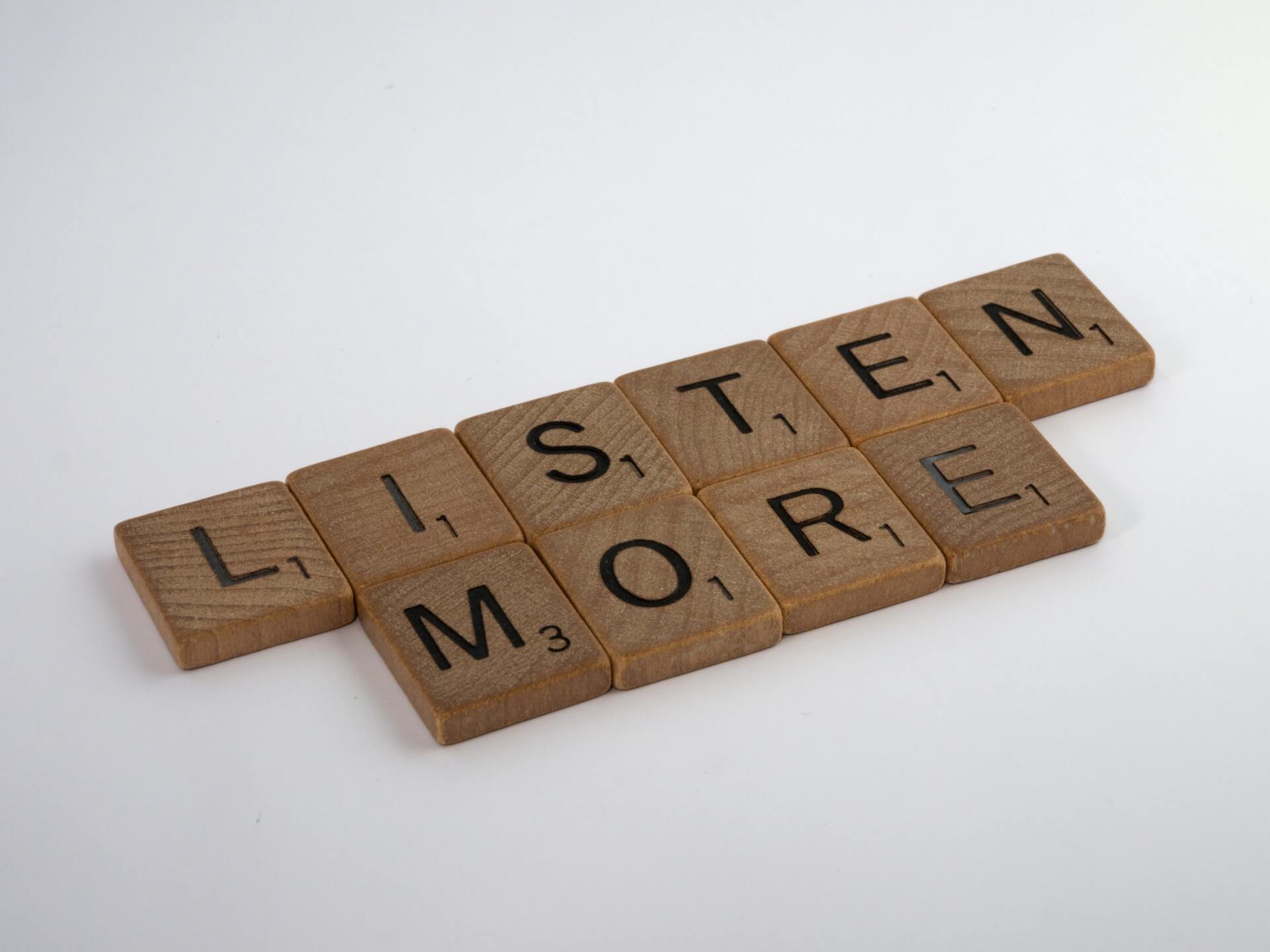SWOT Analysis for Short-Term Goals During Covid-19
- By Lisa Ellison
- •
- 03 Apr, 2020
- •
A look at how businesses can use SWOT analysis to approach the current pandemic

SWOT
analysis (also known as situational analysis) is something that should be regularly carried out for any business;
essential to adapting and succeeding through challenging times.
What better time is there than now, in the midst of a worldwide pandemic, to conduct a situational analysis?
At a time when all your plans for the year (and beyond) have been thrown into disarray in such an extreme way, that no one could have predicted. Maybe you’ve had to close your business or your clients have all had to close their businesses. No one will go unaffected by this pandemic.
The easy but ineffective thing to do, is hide under a rock until this all blows over. It will blow over but what will the extent of the damage be that’s left in its wake? By carrying out a SWOT analysis now, you can put your business in a stronger position than the competition to get through this period and for when the current restrictions are lifted or at the very least, relaxed.
What’s a SWOT analysis?
SWOT analysis looks at the strengths, weaknesses, opportunities and threats in and around your business. It’s a great way to evaluate a situation in terms of whether something is a smart move or not; look ahead to things you need to be aware of to minimise negative impact or maximise on the potential opportunity.
This form of analysis is essential when it comes to planning in any capacity, for the long-term and the short-term. SWOT analysis can be used in a number of circumstances such as launching a new business, new product development or a new service offering.
Strengths and weaknesses refer to resources, knowledge and assets held by the business i.e. computers, buildings owned, capabilities of employees. Opportunities and threats refer to things outside of the business that could have an impact – i.e. coronavirus, changes in legislation, new competition arising.
How would I carry out a SWOT analysis?
Currently, it might be difficult to see the strengths and opportunities but that’s why it’s all the more important to take the time and space to go through this process.
Look at what your company offers, whether it’s a service or a range of products. How were you previously getting this product or service to your customer? If you own a shop for example and you have had to close it because it’s not considered ‘essential’, are you able to create a website or adapt an existing one in order to offer an online shopping service with delivery? If you organise and host events, are you able to find an online platform that has the capacity and interactivity required to make the event a success online, as a virtual event?
For the purposes of a very simplified example, imagine you own a boutique clothes shop on the high street, a very basic SWOT for you might look like this:
| Strengths
Weaknesses
Opportunities
|
|
| Threats
|
By carrying
out this kind of analysis, it will help you to lift the fog of panic and
disarray, giving you a clear vision of opportunities and direction to get you
through this turbulent time.
Once the storm has passed
The ultimate silver lining of this situation is that as a nation (business or not) we will have all been forced out of comfort zones and challenged to overcome hurdles that we did not expect and certainly would not have chosen.
We will be more agile, with a stronger and broader means of reaching our audiences.
If you would like any further help or advice, please feel free to contact me.
Lisa.ellison@liontooth.co.uk

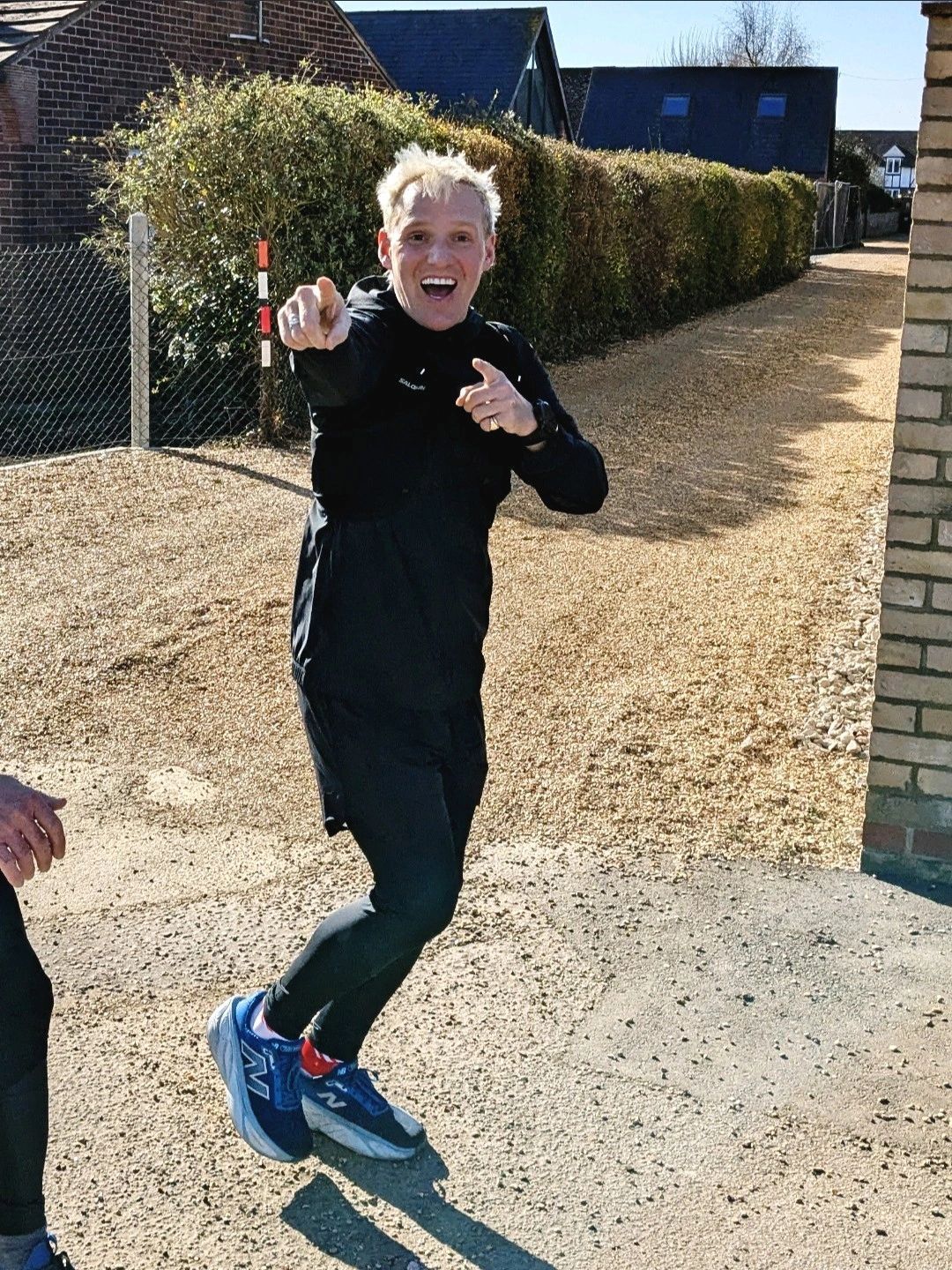
Jamie Laing - before you roll your eyes and scroll on, hear me out. (I know, the photo gave away my cliff hanger!) You may have been one of the 50,000+ people that saw my LinkedIn post last week, very much a throw away passing comment, essentially, to say I drove past Jamie Laing on my way home from the school run whilst he was on his fundraising mission for Children In Need.
I followed the story closely last week, quite hooked on his progress and whether or not he would make it. I'm not a celebrity-obsessed person and I rarely engage with anything celebrities do but last week was different and I'm sure I'm not the only one. I believe that many people didn't know he was even embarking on that challenge until last week - I didn't and I listen to Radio 1 daily! I also believe there's a lot of people that either don't know who Jamie Laing is or do know and don't particularly like him - we can't please everyone!
So, what was it about his fundraising effort that gripped the nation and led to him raising over £2m?! It's all about the story. And *this* is a great example of marketing done well - with an emphasis on storytelling and humanising your brand. His fundraising effort, backed by BBC Radio 1 coverage, provides a perfect case study on the power of storytelling in marketing. His journey emphasised his struggle, determination, vulnerability and honesty and that played a pivotal role in engaging the public emotionally and driving donations. If his personal narrative hadn’t been shared so openly, it’s unlikely that such a significant amount would have been raised.
This is something I've also experienced in fundraising efforts that I've been involved in and it makes all the difference but it takes strength to be vulnerable, and I'll always admire those who found the strength to tell their story (you know who you are 💛).
Here's what we can learn about the value of storytelling in marketing:
Emotional connection drives action : Jamie's story wasn't just about asking for donations; it was about sharing his personal experience and struggles throughout last week. People are more likely to connect with a cause when they can empathise with the storyteller. In marketing, emotional engagement creates a bond between the audience and the brand, making them more likely to engage.
Vulnerability builds trust : By being honest and vulnerable about his efforts and the challenges he faced, Jamie Laing built trust with the Radio 1 listeners. Vulnerability *humanises* a brand. In marketing, being transparent and acknowledging (and addressing!) flaws can enhance credibility and build a stronger, more authentic relationship with consumers.
Narrative creates value : Jamie Laing didn’t just promote an event, he shared a compelling and authentic story about his commitment. In marketing, your story can be the difference between blending in and standing out. Crafting a narrative around your brand or product creates meaning, making it more likely to stick in the minds of consumers.
Great - now how can you implement this in your marketing?
If you have ever worked with me, you'll have heard me going on about the importance of authenticity. This applies to everything from branding to customer service. If a brand is transparent about its processes, challenges and goals, customers are more likely to engage and support it.
Emotion drives engagement - whether it’s a product, service or cause, storytelling can create an emotional connection that compels action.
Consistent storytelling over time, where customers can see growth and commitment, helps keep them invested.
So basically, Jamie Laing’s Children In Need campaign demonstrated that storytelling - driven by vulnerability, determination and honesty, was the key to the level of success in his fundraising last week.
For marketers, it highlights that connecting with people on an emotional level, telling authentic stories and leveraging the right platforms can make all the difference in achieving success.
It can feel difficult to build emotion into corporate marketing but there's ALWAYS room to be human.
Does your brand feel a bit fuzzy? Let’s fix that.
The Define & Align Workshopis designed to bring clarity, structure and purpose to your brand- fast.
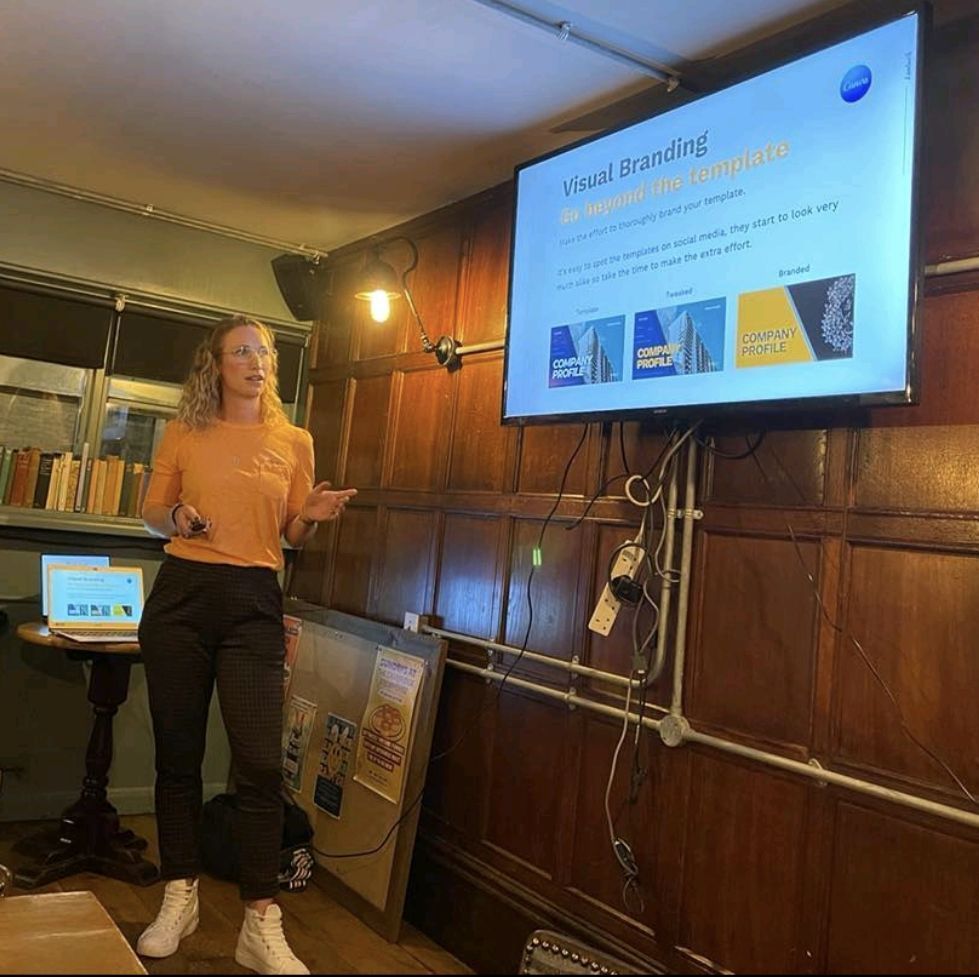
Sometimes I'll get a message to my inbox referencing my marketing agency
👀 God no! I'm
not an agency! No
. Sorry, no.
I'm a 1.5-person band. (The other half is my husband who's a silent partner, providing the incredible design skills). I don't want to be thought of as a marketing agency. For me it has connotations of frustration, waiting, chasing, and to be fair, more often than not incredible results but still.
I'm a no-nonsense , to the point communicator .
I like to be efficient and get stuff done and that includes getting results for my clients . I like the fact I'm basically flying solo with this, it's easy. It's straightforward. It's DONE.
Let me give you context and insight...
I have experience with agencies from BOTH sides - I've been the client AND the service provider. Honestly, I had challenges with both. See if anything sounds familiar:
From a client perspective , my biggest frustrations were always...
- The huge bill. Sorry guys, I always found it eye watering even though I wasn't paying!
- Not being able to get hold of my point of contact and waiting whilst others frantically ran around trying to get answers for me.
- I felt bad for (and frustrated about) the person playing piggy in the middle. I couldn't speak to Studio to get answers or explanations about design issues/challenges/restrictions. Information was often lost in transit.
As the service provider , (for me) these were my biggest frustrations...
- There too many systems and processes that got in the way of me just getting on and providing the level of service I wanted to.
- Too many other cogs in the wheel slowing down the process.
- Too many hoops to jump through and restrictions.

